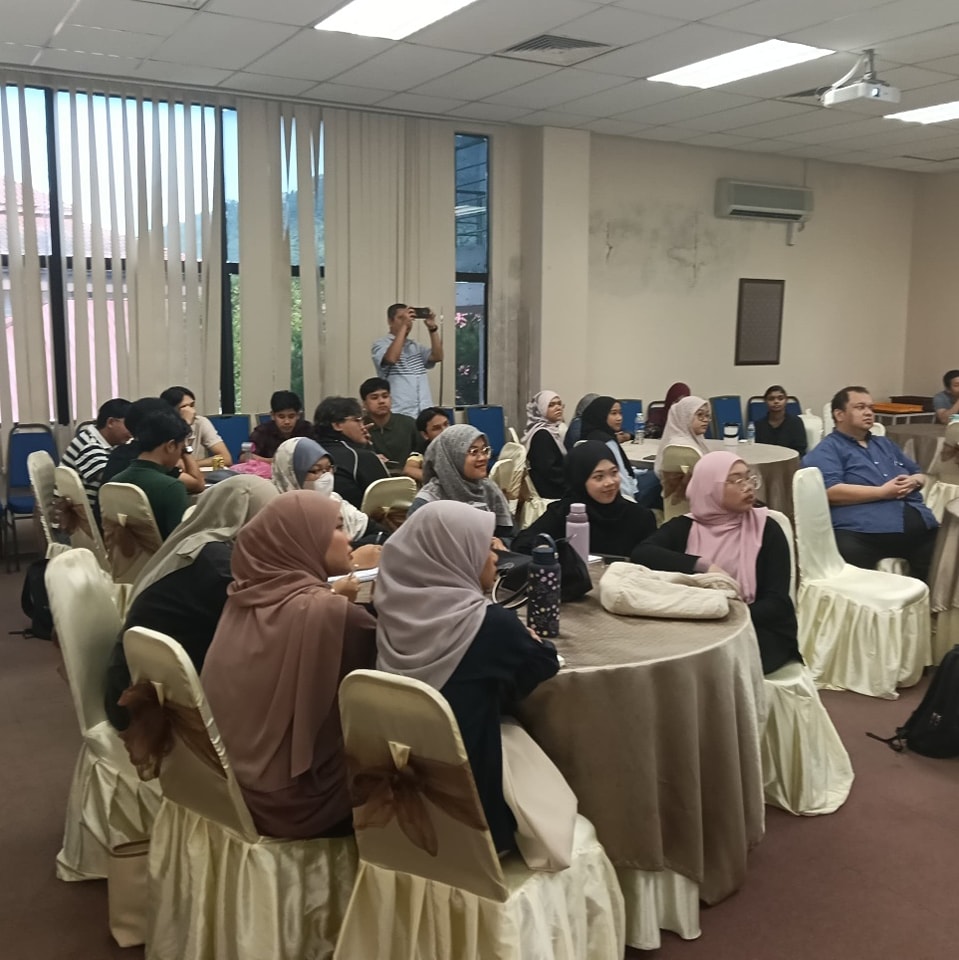A GLIMPSE VIEW OF LIFE-CYCLE ASSESSMENT (LCA)
Purpose of Life Cycle
LCA is a step-by-step method in analyzing the environmental consequences of a certain operation, goods, and process through its full life cycle, from raw material production to packaging, manufacturing, distribution, use, and disposal or recycling. The tool, which is based on the operation's, service's, product's, and process's life cycles, identifies and measures the materials and raw energy utilized, as well as wastes discharged into the atmosphere, and therefore analyzes the operation's environmental consequences (Tan et al., 2009). In a nutshell, LCA may assist decision-makers in weighing two options and selecting the one with the least environmental impact.
As a follow-up to the impact assessment, LCAs are designed to identify and analyze important possible issues or hotspots in order to make progress. Greater productivity, reduced energy usage, and lower emissions are all examples of LCA improvements. As a result, a complete LCA study also identifies and evaluates strategies to improve the environment. When LCA is coupled with economic analysis or Life Cycle Costing (LCC), it offers information on both the environmental and economic elements of a product, technique, or operation, and may be used to determine the product's economic feasibility. It can range from basic to deeply detailed, depending on the priorities and of LCA scopes.
Importance of Life Cycle
Some of the benefits of adopting the LCA approach are explained as follows: First, industry will look for the most readily available life cycles, such as those that have the least negative environmental impact. Following that, choices made by industries, governments, or non-governmental organizations (NGOs) about strategic direction, suitable advice, or process modification are included. The major benefit of LCA is that it allows us to better understand the real consequences of any particular product or service. This LCA data will help researchers, customers, companies, and governments alike.
The life cycle assessment (LCA) identifies environmental hotspots in goods and materials and sets a baseline against which improvements may be assessed. Companies utilize LCA to show stakeholders and consumers that they are accessible and trusted. When a product's environmental footprint is relevant to its future marketing or cost structure, LCA is often utilized in new product research and development. The advantage of LCA is simple: it provides producers and customers with accurate, clear data that allows them to make better decisions (Vendries et al., 2020). Figure 1 shows an example of the life-cycle assessment of a building.
Figure 1: The Life cycle of a building (Life Cycle Assessment of a Building - Sphera, 2017)
The Way Forward
The implementation of the LCA idea should be viewed as a long-term investment for future generations. Efforts to minimize environmental devastation will become a concentrated effort to address the various environmental consequences of inadequate natural resource and energy management. LCA is a process that considers the development of commodities, resources, and manufacturing measures in the context of the most pressing issue. LCA is a technique for evaluating and reducing the environmental effect of human activities. Raw material acquisition, process, uses, and waste are all phases of a product's life cycle. LCA approaches have been used in business and government for a wide range of objectives. The decisions taken for the planning phase of an LCA have a significant influence on final outcomes. The selection of functional units has a big impact on LCAs, especially when they're used to compare goods.
REFERENCES
Life Cycle Assessment of a Building - Sphera. (2017). https://sphera.com/spark/life-cycle-assessment-of-a-building/
Tan, Y. A., Chong, ;, Subramaniam, V., Puah, ;, Zulkifli, ;, Halimah, ;, Ma, ;, & Choo, Y. M. (2009). Life Cycle Assessment-A Tool for Sustainability and Business Opportunity. In Oil Palm Bulletin (Vol. 58).
Vendries, J., Sauer, B., Hawkins, T. R., Allaway, D., Canepa, P., Rivin, J., & Mistry, M. (2020). The Significance of Environmental Attributes as Indicators of the Life Cycle Environmental Impacts of Packaging and Food Service Ware. Environmental Science and Technology, 54(9), 5356–5364. https://doi.org/10.1021/acs.est.9b07910
Authors:
MOHAMAD HAAZIQ BIN AHMAD
TS. DR. SHARIZAL BIN AHMAD SOBRI CEng MIET

/Picture1.jpg)


/seh2.jpg)
-Program./visit1.jpg)